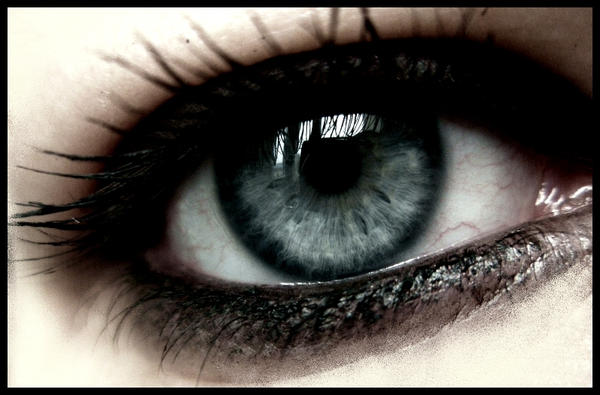Eye by BarbaraTheKid
Ever wonder how your body knows when it's daytime while your sleeping? Or how you feel sleepy during certain times of the day? Yep, It's because of the eyes reacting to light but more specifically Melanopsin Retinal Glangion Cells. What are Melanopsin Retinal Glangion Cells? Melanopsin Retinal Glangion Cells, or mRGCs, are photosensitive cells found in the eye and play a vital role in the body's circadian system, as previously stated in the last blog.
In Caitlin Sedwick's article "Melanopsin Ganglion Cells: A Different Way of Seeing Things" there are three photopigments in the eye. Photopigments in rods detects dim lighting like during nighttime, and photopgiments in cones detects brighter lighting. And the third photopgiment found in the eye is called the Melanopsin Retinal Glangion Cells. These cells helps set the circadian cycle for when the person is going to wake or sleep. But recent research tells us that these cells actually play a vital role in visual perception, eyesight.
Sedwick also stated that "The potential for mRGCs to contribute to visual perception may explain why people with conditions or diseases that progressively destroy their rods and cones can often still perceive the presence of ambient light" In other words: People with any illness that destroys the person's rods and cones for the person's eyesight could still detect whether the place where the person is placed could have any light at all.
Aside from the fact that the person could normally see with the photopigments in the rods and cones located in the person's eye, mRGCs are responsible for detecting light from the surrounding area and notify the brain the presence, absence and intensity of light. Helping set the circadian cycle for a person who is in good health or who is sick.
Dustin M. Graham also expounds on this discovery in his article "Melanopsin Ganglion Cells: A Bit of Fly in the Mammalian Eye by Dustin M. Graham." He states that mRGCs are much less sensitive to light and are responsible in informing the brain in changes to the ambient light throughout the day. mRGCs's primary role is to signal light for unconscious visual reflexes such as the activities in the circadian rhythm.
Graham stated that "All these findings heavily suggested that these ganglion cells were the mysterious third photoreceptor type Keeler had predicted almost 80 years earlier." Keeler experimented on mice that lacked most of their rod and cone photoreceptor which made them virtually blind but Keeler found out that these mice's eyes are still reactive to light.
Melanopsin Retinal Glangion Cells play a vital role in the body's circadian rhythm. Even though the person may be virtually blind from the lack of photorecptors in the rods and cones from their eyes, mRGCs react to the surrounding light and help the person see the surrounding's light. But we're strolling a bit too far from the importance of sleep. Next time we tackle on the chemicals that help us stay awake.

No comments:
Post a Comment